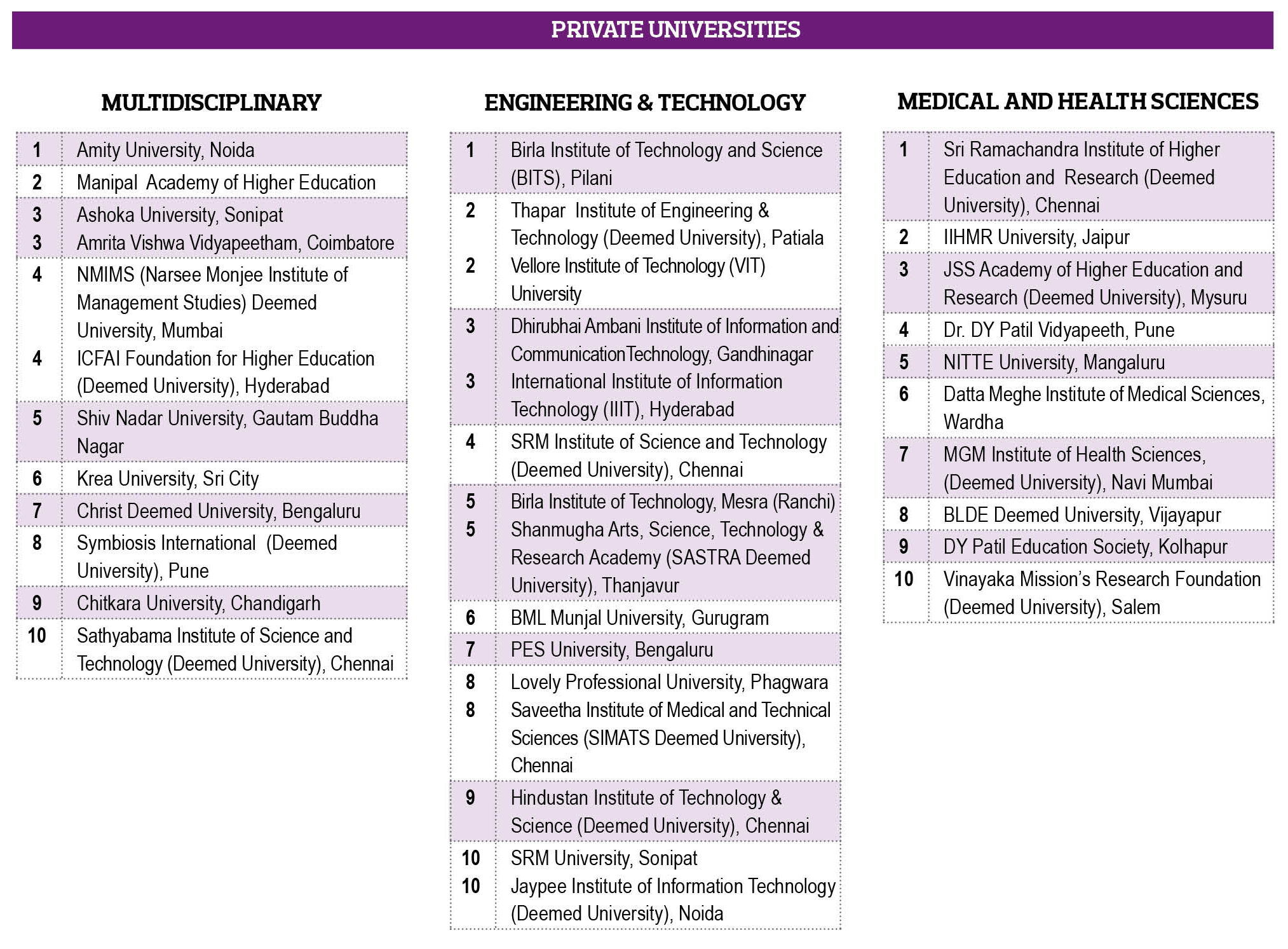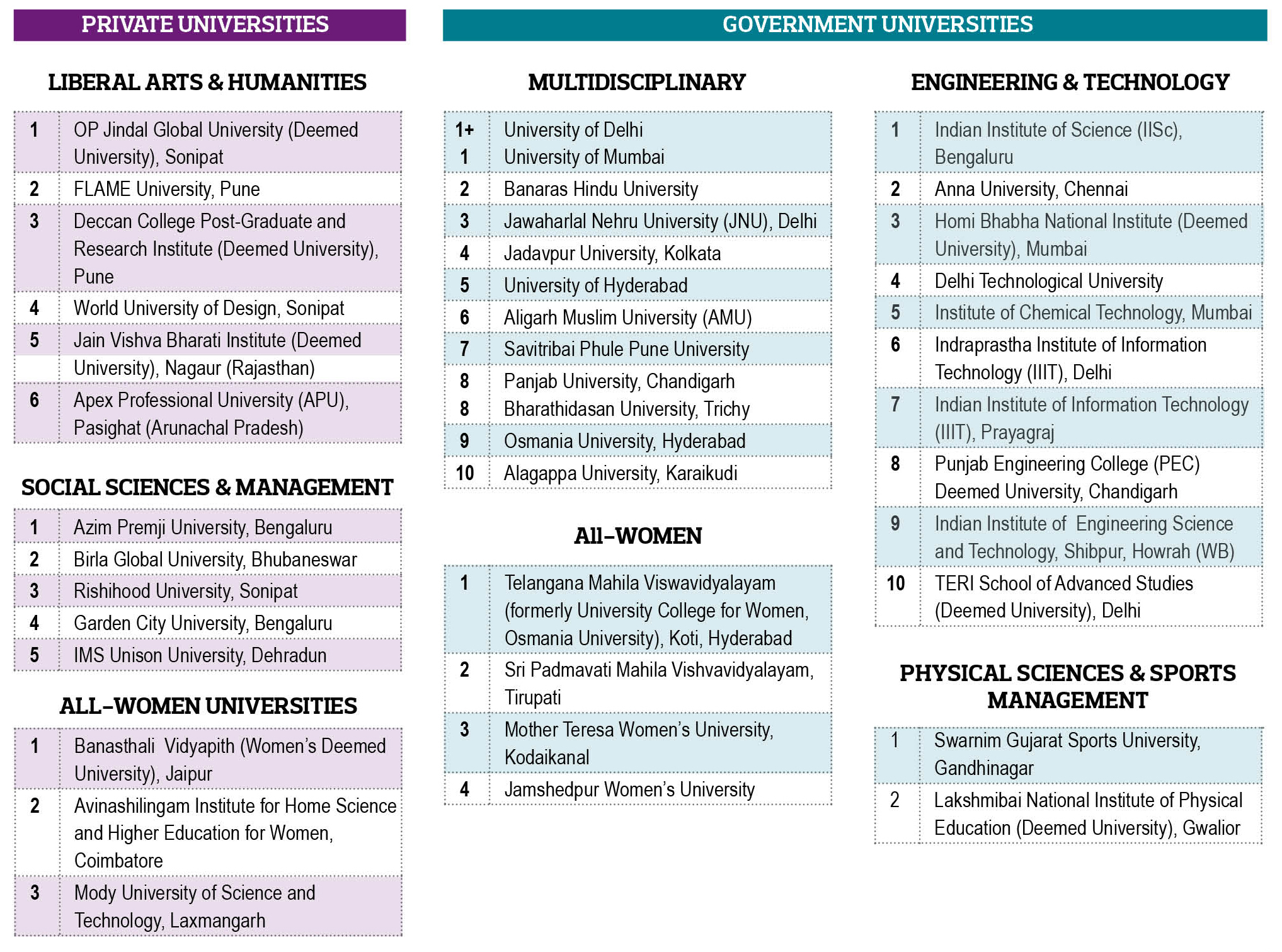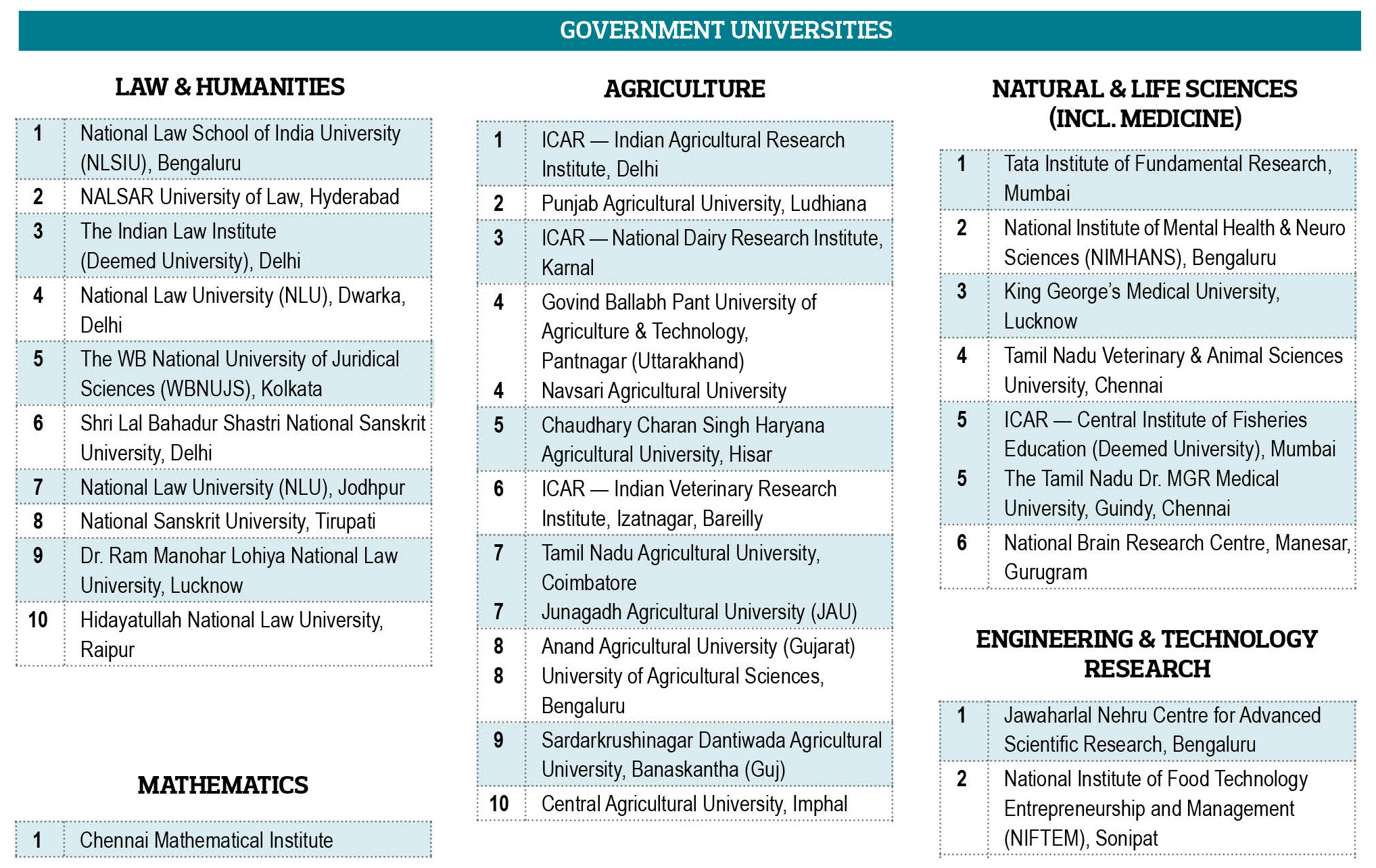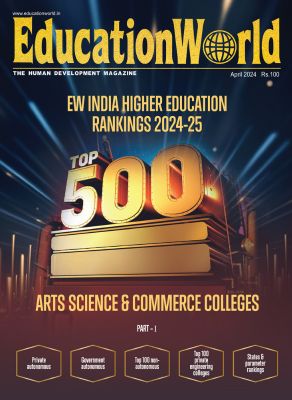The EWIHER 2023-24 league tables ranking India’s best private and public universities are presented at a time of great flux in Indian education, especially higher education. NEP 2020 mandates that all colleges and universities gradually transform into multidisciplinary, autonomous higher education institutions, writes Dilip Thakore and Summiya Yasmeen



Almost imperceptibly, Indian education is experiencing a sea change. The logic of the belated liberalisation and deregulation of the Indian economy in 1991 is being applied to the education sector. Suddenly without fanfare and trumpeting, foreign school chains and universities are (as reported in detail by EducationWorld, see cover feature www.educationworld.in/1991-inflection-point-for-indian-education/) setting up shop in school and higher education. Even if globalisation of Indian education is happening three decades after unshackling of the economy in 1991 which immediately doubled India’s annual GDP growth mired in the rut of 3.5 percent for over 50 years after independence to 7 percent, and lifted 400 million citizens out of debilitating poverty, better late than never.
The greatest impact of liberalisation of Indian education is likely to be felt in the higher education sector. On January 5, the University Grants Commission issued its long awaited draft University Grants Commission (Setting up and Operation of Campuses of Foreign Higher Educational Institutions in India) Regulations, 2023, which permits foreign universities ranked among the global 500 by respected ranking agencies such as QS and Times Higher Education, to establish greenfield campuses in India.
You cant read further without a subscription. If already a subscriber please Login or to subscribe click here


























